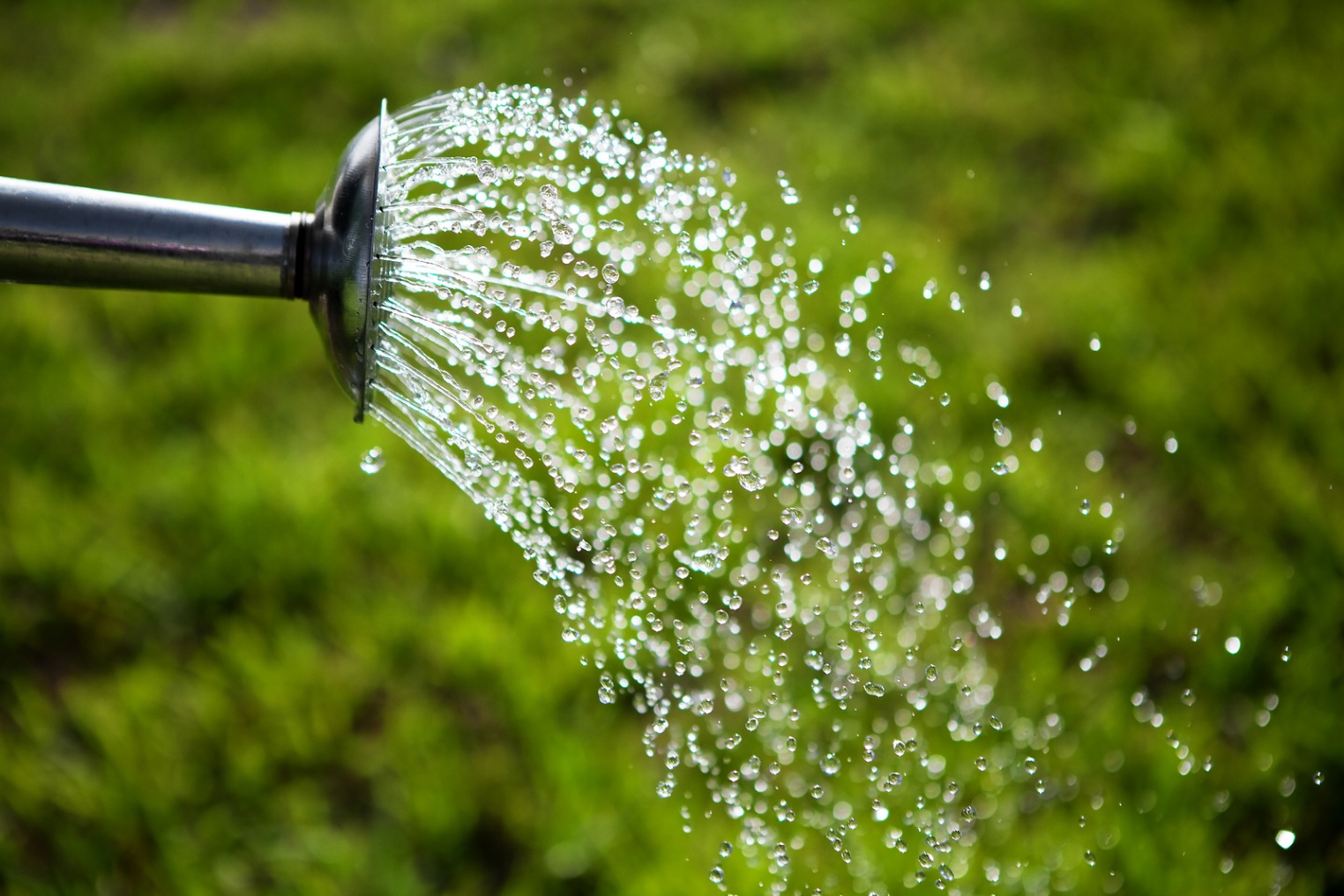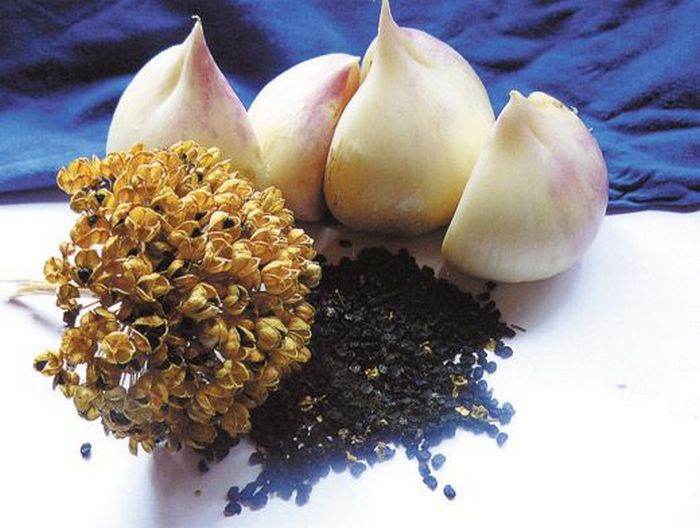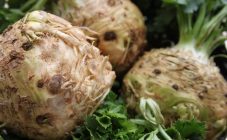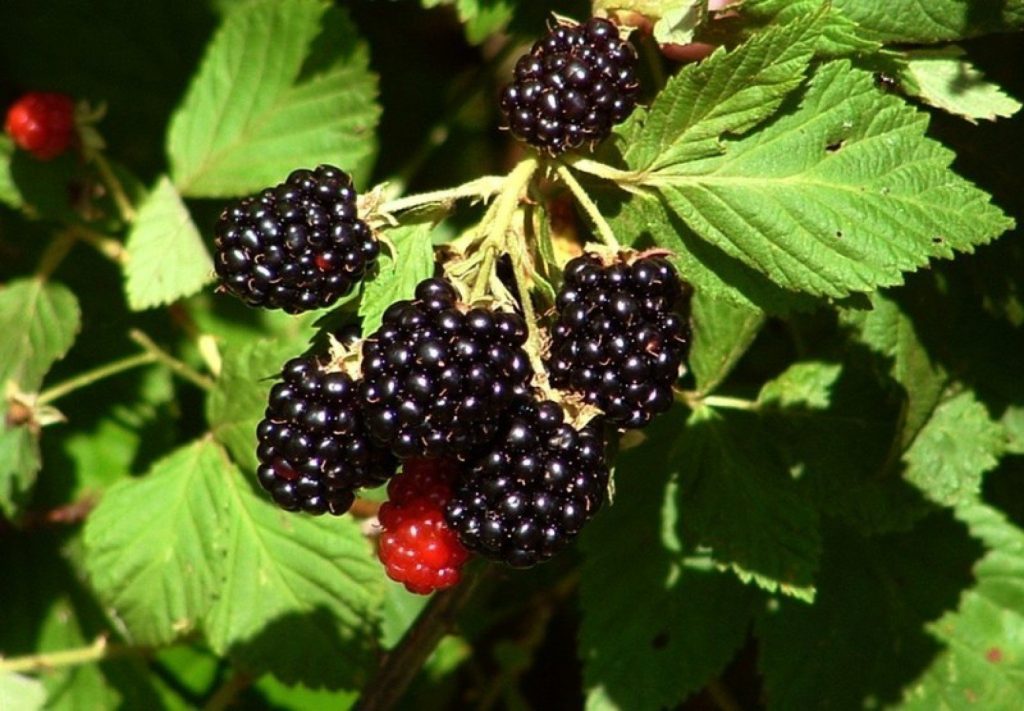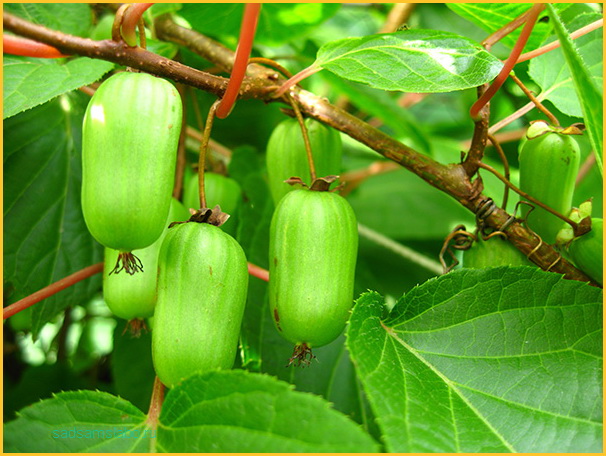Content:
It is extremely rare in the beds of amateur gardeners to find the Slizun onion, since few people know about its beneficial properties. Many consider this plant to be useless, but in fact, it is used not only as food greens, but also as an edible decoration.
Features of the variety
Slime is a perennial onion, the mucus of which is used for stomach ulcers and gastritis. Its dignity was appreciated by people for whom onions are harmful. The leaves of this variety have a weak, pungent, unobtrusive onion flavor.
In the first year after planting underground, a false bulb grows on the stem. Flowering occurs in the following years. For food purposes, foliage and fruit growing underground are used. Most of the useful components are located in the root system.
The plant is perennial, frost-resistant, able to withstand temperatures down to -40. The soil in which the onion grows must be constantly moistened, requires periodic fertilization. A prerequisite is sunny or slightly shady placement. When these conditions are met, the drooping onion is able to bear fruit for 6 years.
It is recommended to grow the plant in one place for no more than 4 years. For Slizun onions, cultivation and care in loamy and sandy loam soils are considered the best, because moisture does not stagnate in them. Lizun onion does not tolerate unnecessary watering, in this case it rots. When a crop is grown in acidic soil, the bulbous fruit, along with the foliage, acquires a bitter taste.
According to the description, this plant looks like garlic. It grows to a height of no more than 35 cm, has dark green leaves, with a rounded tip. The width of the leaf can reach 5.5 cm. The benefits of foliage are known, due to which it can be used in traditional medicine.
Agrotechnics
Reproduction of onions
Raising a Slime at home is easy, in fact, just like taking care of him. There are several features:
- The culture can grow in a pot, in an open area, in greenhouse conditions. The main thing is to take into account the peculiarities of growth and prepare a place in which the plant will be comfortable for several years in a row;
- Best of all, the plant takes root in the area where tomatoes, potatoes, cabbage and cucumbers grew. The soil after these crops is ideal for onions;
- Most of all, this variety loves loosening the earth, to a depth of 10 cm, so the soil is saturated with air, the roots are better moistened;
- Most quickly, the first crop after planting can be obtained in greenhouse conditions;
- The most productive varieties are Slizun:
- Leader (return - not less than 3 kg of foliage);
- Well of health (3.5 kg per season);
- Green (5 kg of green foliage).
You can grow a plant on one site for no more than 6 years. So that such a useful product is not removed, it must be multiplied. Lick onions reproduce in several ways:
- Planting seedlings is a method that does not require time and special care;
- By dividing the bushes - a method that contributes to a quick harvest;
- Planting seeds - used for the first planting, especially when breeding new varieties.
It is more effective to plant onions by seedlings or by dividing the bushes, in this case the yield is higher, and you can harvest the fruits earlier. Harvesting seeds is a more costly process; to grow onions in this way will have to wait a couple of years. In addition, the seedlings require additional care.
Seeds
Seed sowing begins in early April. For quick germination, the seeds must be soaked for a day before planting.The weed harms the sprouts, so it is better to purchase specially prepared soil for seedlings.
Seeds are planted with a ribbon in pits up to 1 cm.On top of the seed is lightly sprinkled with earth, moistened with sprayed water. Be sure to cover the pot with foil to create a greenhouse effect. A window sill with adequate sunlight will be ideal for growing onions. With the appearance of the first leaves of Lizunets onion, they begin to transplant into open ground, in rows.
At first, seedlings will be exclusively an ornamental plant with a flat leaf. During the first year, the onion produces several small leaves. At this time, it is necessary to moisten the soil, loosen and remove weeds. Be sure to feed the bushes several times per season.
Starting from the second year, the decorative purpose is replaced by useful properties. Now you can plant the best material. From the third year, you can cut foliage, use it for food and for medicinal purposes.
Slime onion: care features
This onion variety is picky. The main condition is constant watering of the soil, especially in the hot season. These houseplants love loose and well-fertilized soil. You need to feed the onion at least 2 times, the first fertilization is carried out only after a few cuts of foliage. For the winter, greens are covered with a film or cloth.
Harvesting
The first cut of leaves is carried out no earlier than the second year after planting, provided that they have reached 24-26 cm in height. You need to cut greens selectively, leaving a height of at least 4 cm above the ground, several times per season. If there is no need to collect seeds, flowering is cut off.
The end of the harvest season falls in late August - early September. Further, the plant is gaining strength for winter. Special connoisseurs of culture delay this process and cut the last harvest towards the end of October.
Why is the slime onion useful?
The plant belongs to the melliferous plant, useful in folk medicine and for cooking. The onion contains:
- Manganese;
- Iron;
- Potassium;
- Zinc;
- Carotene;
- Sucrose;
- Molybdenum;
- Vitamins of group B, C;
- Organic acids.
Onions are especially useful for use by children and the elderly. Most often in cooking, this variety is added to salads, soup, ideally combined with vegetables, meat and fish.
Slime can not only decorate the house and garden, as a decoration, if you choose the right place for its planting. At the same time, it is a storehouse of vitamins and minerals necessary for the human body. Often, this plant fights vitamin deficiency, blood diseases, has a positive effect on the level of hemoglobin, the heart system, the thyroid gland, strengthens the muscles of the heart and the vascular system. Promotes the development of immunity against infectious diseases. Also, onion foliage is able to accelerate tissue regeneration, helps to tighten cuts and wounds. The only contraindication is the use of Slizun in the presence of gastrointestinal diseases.

